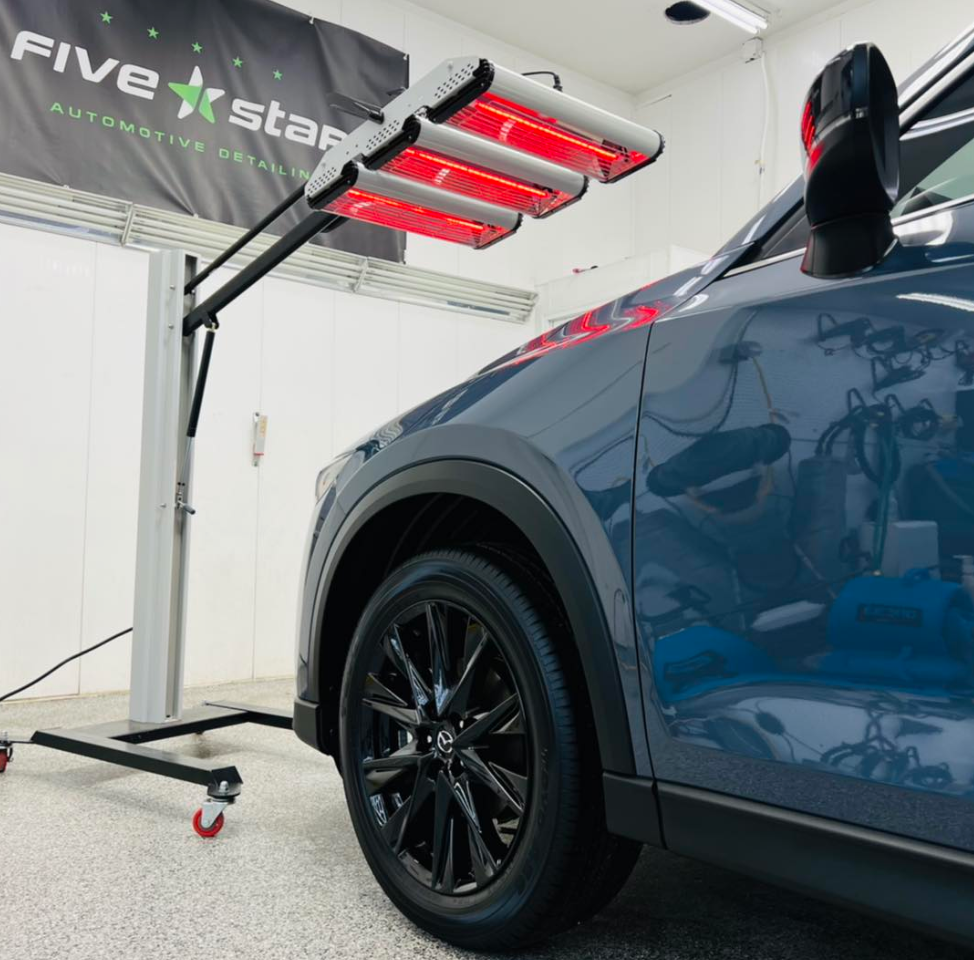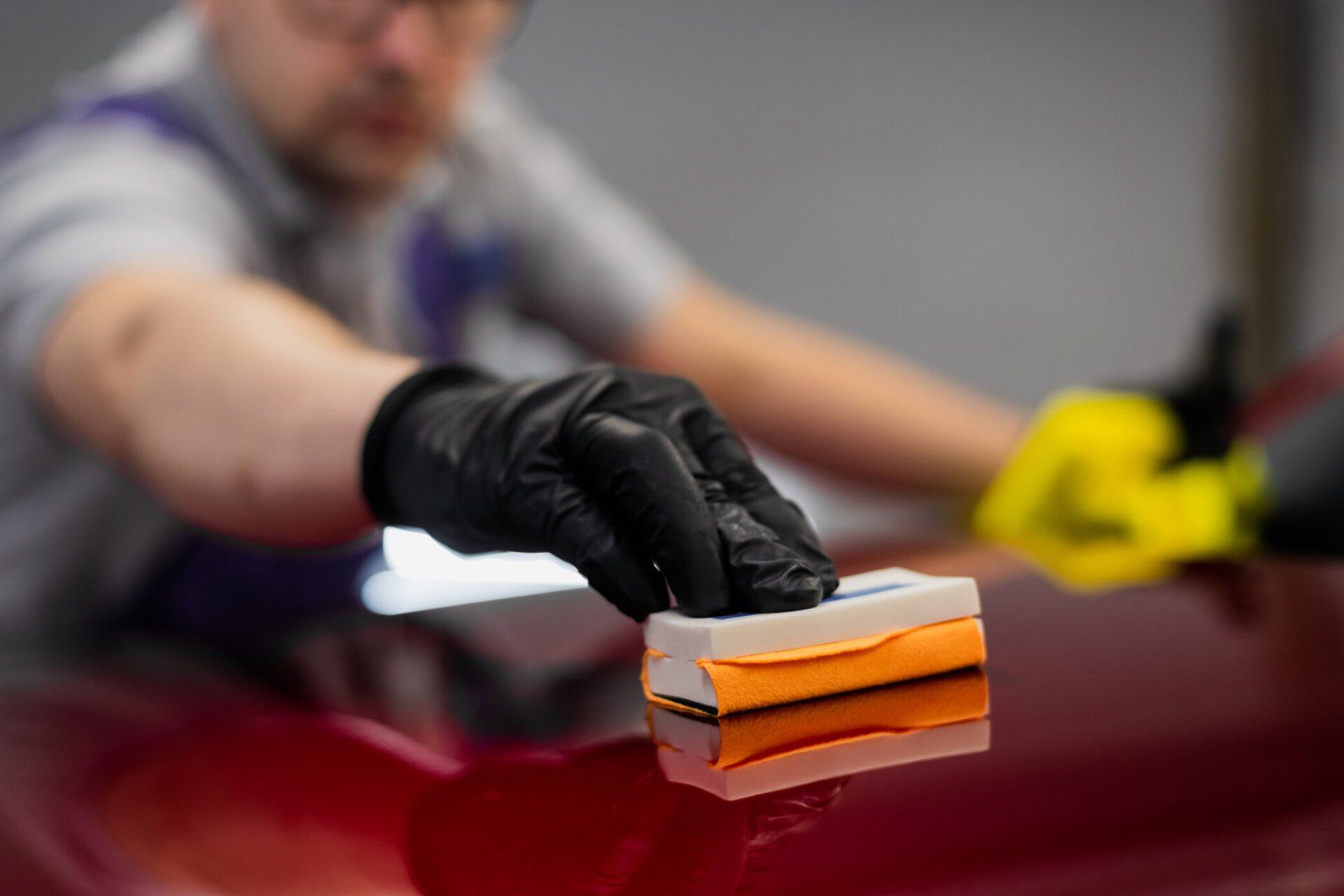Not all car owners use their vehicles similarly. Some use it primarily as a utility vehicle to help them go to work and perform different chores. On the other hand, car enthusiasts and hobbyists may treat it more as a unique form of self-expression. Others still think of their car as a future monetary investment with a great resale value.
Whether you’re using a car for its practicality or keeping it for a future payout, it’s vital to maintain it while under your care. Doing so will help you sustain its usability without sacrificing its performance.
The Value of Car Detailing
Like any device or piece of machinery, cars go through a lot throughout their lifespan. They face the scorching heat and push through heavy storms to get you where you need to be. Thankfully, your vehicle doesn’t have to face wear and tear without fighting back. In fact, car detailing treatments can reinforce your car’s protection while also extending its lifespan.
In this article, we’ll share three benefits of car detailing.
1. Keeping Your Car Aesthetically Appealing
The most common reason people bring cars in for auto detailing is to maintain their vehicle’s look over time. Besides simply hosing down their cars of dirt and grime, effective car detailing cleans the ins and outs of your entire vehicle. This lets you remove marks in its interiors and exteriors. Other than making your car look neat, car detailing also removes odor buildup from various residues and soils.
2. Reinforcing Your Safety
When people think about auto detailing, they typically think of coating treatments and other aesthetic benefits to their cars. However, different detailing services can also improve your driving experience. For example, you can get glass coatings to enhance your field of vision during storms. This also speeds up your wipers since your glass will be more resistant to dirt and residue. Even if you clean and decontaminate your windows, wipers work much more effectively.
Another potential safety improvement of your car can be achieved through a deep vacuuming session. For people with allergies, pollen, dust, and even pet fur can trigger an allergic reaction. Through interior detailing services, you’ll be at less risk of these allergens to improve your car’s indoor air quality.
3. Protecting Your Car’s Resale Value
Keep in mind that your car isn’t just beneficial to you now. While it feels convenient to drive to and from work freely, having a well-maintained car can be a profitable investment in the future. This is why it’s necessary to receive car detailing services to minimize your vehicle’s wear and tear.
Protecting your investment is essential, whether you’re using your vehicle regularly or keeping it in mint condition. Detailing helps you protect your vehicle, this can range from ceramic coatings to leather treatments.
Besides guarding your car’s exterior against the elements, you should also consider how its interiors will last for a long time. Anything from its leather covers to seat belt sashes must be cleaned to avoid early replacements. If you have a car that maintains the quality of its parts for a long time, there’s an excellent chance to find the right buyer for a competitive market price.
Conclusion
Taking care of your car takes more than just a sponge and a free-flowing hose. Sometimes, you need to give your car treatments only professionals can provide. By putting your car under the care of expert auto detailers, you’ll experience the benefits mentioned above and many more!
Getting a professional detailing service is the best way to protect your car in the long term. At 5 Star Auto Detailing, we give your car the best treatments so it looks and feels great. If you want to receive expert
auto detailing in Rochester, MN, contact us at 507-213-3561 to learn more!






